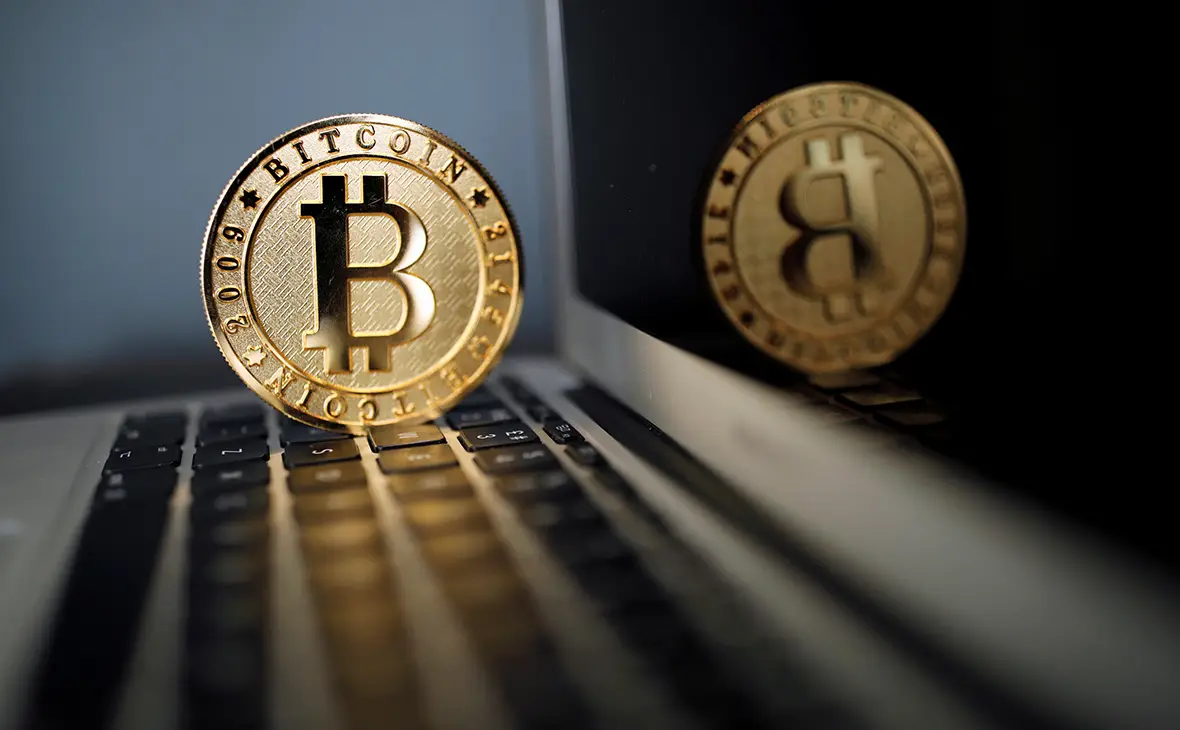The financial system is undergoing rapid change and new technologies are becoming increasingly important. Decentralised finance, or DeFi, challenges established banking structures by offering an alternative to traditional methods of capital management. Investors, traders and ordinary users can now communicate directly with each other through smart contracts without an intermediary.
In this article, we explain in detail what DeFi is, how it is used in cryptocurrencies and discuss other aspects of the topic.

What is DeFi and why is it important?
DeFi: what is cryptocurrency? A system of financial instruments and services on the blockchain that does not involve intermediaries such as banks and brokers. The essence of the mechanism is to create open and accessible financial services for all, where any user can participate in the global market.
Definition of decentralised finance: short and clear
DeFi is a decentralised ecosystem of financial applications running on the blockchain. Unlike traditional finance, where control is concentrated in the hands of central authorities, DeFi offers transparency and autonomy. The definition can be boiled down to three main aspects:
- Accessibility: Participation in DeFi requires no special permissions or verification. All you need is internet access and a cryptocurrency wallet.
- Transparency: All transactions are recorded on the blockchain, making manipulation impossible.
- Security: smart contracts replace middlemen, reducing the risk of human error.
How DeFi works: from smart contracts to apps
It is based on blockchain and smart contracts: automated programmes that execute the terms of a transaction without third-party intervention. Let’s look at the mechanism through a specific example.
Imagine you need to exchange ETH for another token. In a traditional system, an intermediary is needed to ensure the security of the transaction. In DeFi, this function is performed by an application based on smart contracts. One of the most popular exchange protocols is Uniswap. It allows users to trade tokens directly through a liquidity pool rather than through a traditional order.
This means that DeFi in cryptocurrencies enables people not only to trade assets, but also to make loans and invest without bank control. Protocols like Compound allow borrowers to earn interest on the deposited assets. Moreover, they can receive the money immediately if they provide collateral.
DeFi in simple terms: what is it in cryptocurrency?
 Understanding decentralised finance is not as difficult as it seems. Imagine a world where financial services are available to all, without bank lines or bureaucracy.
Understanding decentralised finance is not as difficult as it seems. Imagine a world where financial services are available to all, without bank lines or bureaucracy.
DeFi for beginners: the first step to a new world
To get started, you need the following:
- Create a wallet: the most popular are MetaMask, Trust Wallet and Coinbase Wallet.
- Top up your balance: transfer ETH, for example, to work with apps.
- Connect to a DeFi app: use swapping, lending or staking protocols.
- Perform transactions: exchange assets, provide liquidity or apply for loans.
The important thing is to observe security and check smart contracts before you start working with them.
The benefits of DeFi: why the world is changing
Its benefits are becoming increasingly clear in the modern world, where flexibility and transparency in financial transactions are increasingly important.
Freedom, transparency and revenue: the main advantages of DeFi
- Freedom: no intermediaries needed. Any user can conduct transactions directly through the blockchain.
- Transparency: All transactions are recorded on the blockchain and can be verified by all network participants.
- Income: DeFi offers new opportunities for passive income through staking, farming and providing liquidity.
For example, through the Aave platform, users can lend their assets and receive interest. Similarly, Uniswap allows users to earn swap fees by providing tokens to a liquidity pool.
The future of DeFi: where is the financial world headed?
It is important to stress that DeFi in cryptocurrencies is not just a technological trend, but a financial revolution. Integration of DeFi projects with traditional financial systems is expected to increase rapidly in the coming years. Banks and companies are already testing blockchain solutions to optimise processes, increase transparency and reduce costs. This suggests that decentralised technologies are about to move beyond the crypto community and become part of everyday life.
Integrating DeFi with the real world
One of the key trends is the implementation of DeFi in payment systems and retail services. Today, some startups are already offering payments for goods and services directly through the blockchain, without intermediaries. For example, the Flexa platform allows you to pay with cryptocurrency at thousands of shops, including major retail chains. In the future, we can expect decentralised technologies to be integrated into applications for online shopping, delivery and other services.
Major payment systems like Visa and Mastercard are already testing the possibilities of integrating blockchain for instant and low-cost transactions. We can therefore conclude that DeFi forms a bridge between traditional money and crypto-currencies.
Improve user interfaces
Despite the huge potential, many DeFi applications are still complex for the general public. One of the biggest challenges remains improving interfaces and user experience (UX). Examples of these improvements can already be seen on platforms such as Aave and Compound, which provide clear dashboards and step-by-step instructions for beginners.
DeFi regulation and security
As the popularity of decentralised finance grows, so does the need for legal regulation. The development of legal frameworks for user protection will be one of the key trends in the coming years. Governments around the world are already working on creating a regulatory framework for DeFi projects. For instance, the United States, the European Union and China are developing rules for smart contracts and blockchain technologies.
Legal measures are aimed at protecting investors from fraud, ensuring the security of their assets and reducing the risk of losing money. In the future, transparent and clear cryptocurrency laws will help attract large institutional investments to DeFi, accelerating mass adoption of the technology.
Conclusion

 In short, in cryptocurrencies, DeFi is not just a buzzword, but a real tool to change the financial system. In a world where anyone can trade, borrow and make money without intermediaries, the possibilities are limitless. Decentralised finance puts you in control of your capital and creates the future of finance today.
In short, in cryptocurrencies, DeFi is not just a buzzword, but a real tool to change the financial system. In a world where anyone can trade, borrow and make money without intermediaries, the possibilities are limitless. Decentralised finance puts you in control of your capital and creates the future of finance today.
 en
en  ru
ru  de
de  ar
ar  es
es  nl
nl  hi
hi  fr
fr  it
it  pt
pt  el
el 



